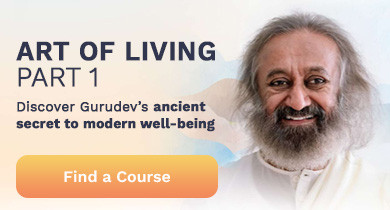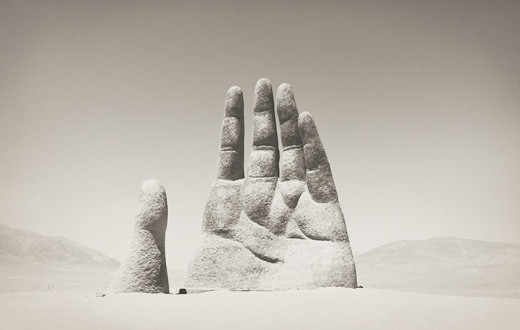By Volunteer Writer | Posted: March 11, 2019
Wind-relieving pose: yoga for gas
Everyone experiences gas at some point or another. Whether it’s the result of grandma’s five-bean chili or poor chewing habits, gas happens. And when it does, yoga is one of our best tools for relief (it saves others from suffering, as well).
Wind-relieving pose, as its name suggests, is excellent for releasing abdominal gas. Its Sanskrit name, Pawanmuktasana is pronounced PUH-vuhn-mukt-AAHS-uh-nuh. Pavana = wind, mukta = relieve or release, Asana = Posture or Pose
How to do wind-relieving pose
1) Lie on your back with your feet together and arms beside your body.
2) Breathe in and as you exhale, bring your right knee towards your chest and press the thigh on your abdomen with clasped hands.
3) Breathe in again and as you exhale, lift your head and chest off the floor and touch your chin to your right knee.
4) Hold it there, as you take deep, long breaths in and out.
5) Checkpoint: As you exhale, tighten the grip of the hands on the knee and increase the pressure on the chest. As you inhale, loosen the grip.
6) As you exhale, come back to the ground and relax.
7) Repeat this pose with the left leg and then with both legs together.
8) You may rock up and down or roll from side to side 3-5 times and then relax.
Wind-Relieving Pose forms a part of Padma Sadhana, a special sequence of yoga poses, taught in Art of Silence (Part-2 Course) and the DSN course.
Benefits of the wind-relieving pose
- Strengthens the back and abdominal muscles
- Tones the leg and arm muscles
- Massages the intestines and other organs in the abdomen
- Helps in digestion and release of gas
- Enhances blood circulation in the hip joints and eases tension in the lower back
Contraindications of the wind-relieving pose
Avoid practicing wind-relieving pose if you’re facing the following health issues: high blood pressure, heart problems, hyperacidity, hernia, slipped disc, testicle disorder, menstruation, neck or back problems, and after the second trimester of pregnancy.
Dietary changes for chronic gas
If gas is a chronic issue, you may need to make changes to your diet, or even to the way you eat. Ayurveda, the ancient healing science of India, provides guidelines for choosing a diet that best suits your constitution and maintains healthy digestion. As recommended by ayurveda, make sure to chew slowly and thoroughly, minimize raw foods (especially in the winter), drink plenty of water, and cook with digestive spices such as cumin, coriander, fennel, and hing. Chewing fennel seeds after eating and drinking ginger tea are also excellent ways to eliminate gas.
While a regular yoga practice can result in improved health, know that it is not a substitute for medical treatment. It is important to learn and practice yoga under the supervision of a trained teacher. In the case of a medical condition, practice yoga after consulting a doctor. Do you need information on courses? Contact us at programs@us.artofliving.org to find a Sri Sri Yoga course at an Art of Living Center near you.





























